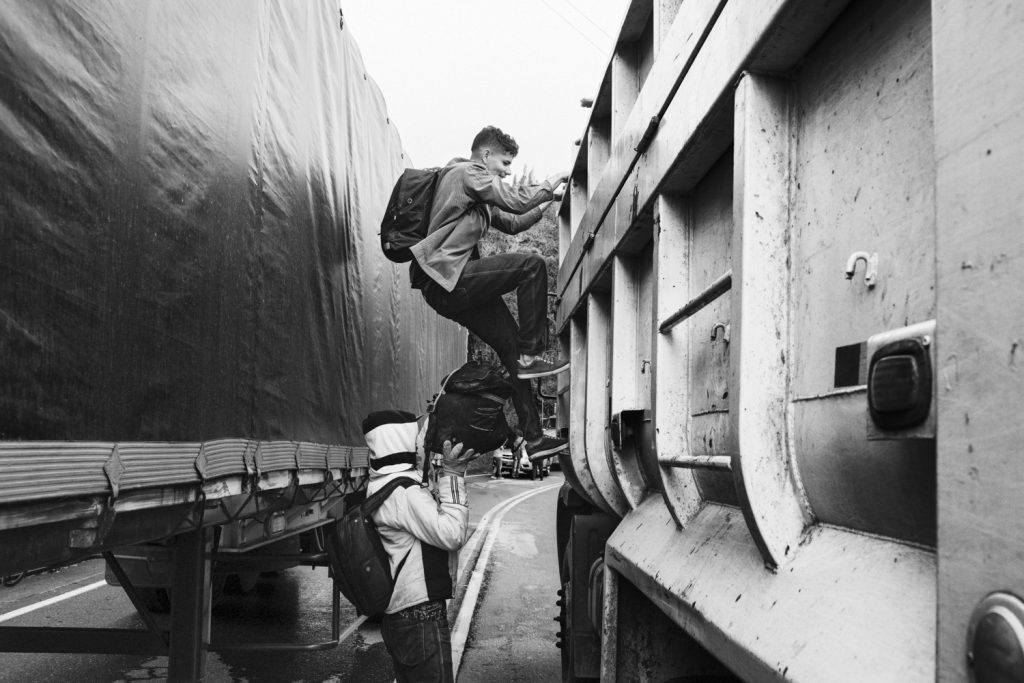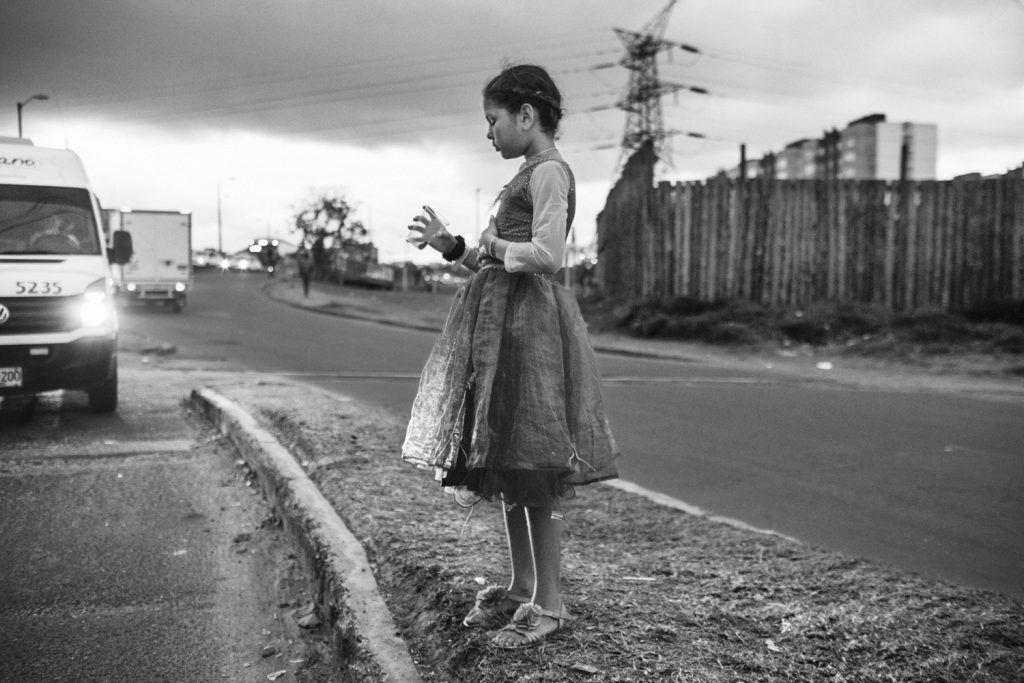by Dario Orlandi
_
Nicolò Filippo Rosso is a Piedmont born photographer based in Bogotà from 2014, the city where he works on documentary projects on South American political and environmental issues.
One of the phenomena to which he has devoted most attention in recent years is the migration of almost five million people, fleeing Venezuela to escape the harsh economic, political and sanitary conditions of their country: the story of this humanitarian crisis is collected in the project Exodus.
With this work, Nicolò was awarded in the Contemporary Issues section of the World Press Photo 2020. As it often happens, an international award is an excellent opportunity to meet old acquaintances again, update on recent experiences and discuss photography; which – when it comes to photographers – most often equates to questioning the passages and the changes in life.

I had met Nicolò in 2013 at a workshop on the photographic book by Stanley Greene and Teun Van Der Hejden, at Linke in Milan. I still remember it as an extremely enriching and interesting meeting, with an audience of top-notch participants who had very important careers or were about to begin them: Andrea Frazzetta, Mustafah Abdulaziz, Gianni Cipriano – to name a few – and Nicolò.
Shy, kind, authentically passionate about the social and environmental issues which would soon be the center of his photographic research, as he was moving permanently to Colombia.
So I took the opportunity of this important recognition to contact Nicolò, to talk about his beautiful project and to find out how his life as a photographer has evolved.
How is the exodus of your project taking place? What is the condition of Venezuelan refugees?
The feeling you get from the borders is that of an uninterrupted flow. Most of the refugees arrive in Colombia to buy food and medicine and then return home, they are like “commuter” migrants. Someone stops in Colombia for short periods, for example for health reasons, due to the collapsing Venezuelan hospital service. Someone else, then, carries on to countries such as Ecuador or Peru where there are the economic and security conditions are better; Colombia remains a very violent country.

Who are the people you meet and what is their level of awareness of the ongoing situation?
The richest part of the Venezuelan population and political dissidents have left the country years ago, at the beginning of the crisis. Now it’s the poorest people left, the ones with the less tools, people used to live day by day. Of course they also complain about the problems related to civil rights and violence in their country, but their main concern is daily survival and health issues.
How are refugees received by the Colombian government and population?
Apart from a few isolated cases, there is no rooted xenophobia: despite the political rivalry of recent years, Colombia and Venezuela continue to feel like sister republics, also because Venezuela over time has welcomed many Colombians who escaped from armed conflicts in their country. Many Colombians who emigrated to Venezuela a few years ago are now returning to Colombia.
You have lived in Colombia since 2014 and have gained a profound experience of the area and its issues. How has your photography evolved as a tool to tell stories?
Compared to the past, I learned that the biggest challenge for a photographer is to produce images in line with his own being. Looking at my photographs, for example, I realize that I have chosen a certain shot or that I have fallen in love with certain subjects. Often I don’t understand why, but working on the aesthetics of the image, the feeling shows a direction. In short, photography helped me grow as a man.

This is a beautiful thought. How do you think photography has helped you grow not only as a creative and a professional but also as a man?
First, it taught me a sense of responsibility. Cartier-Bresson said that if you have a talent, regardless of how much it is, you are responsible for it. Here, my responsibility is to try to create effective images, to “return something”, as Stanley Greene said. This entails exhausting study and research that leads you to confront the great masters and deal with your limits. Photography teaches you humility.
Finally, as I mentioned before, photography has helped me getting to know myself more deeply: I understood that when I like a photo it is because I find myself in it and this teaches me a lot about myself, both in a positive and a negative way. Sometimes we don’t know why we choose certain stories and a certain aesthetic; they are feelings and archetypes that push us towards something. Only later, perhaps, we discover that something attracted us for very personal and profound reasons that we weren’t ready to understand at the time. To photograph is to know yourself.
All images: © Nicolò Filippo Rosso
June 2, 2020




